Identifying contemporary Vietnamese urban areas (Phanbook and Dan Tri Publishing House) collects scientific articles and responsible professional opinions on the issues of Vietnamese urban areas over the past 20 years by Dr. of Science and Architect Ngo Viet Nam Son.
As a planning expert, Dr. Ngo Viet Nam Son often has an honest and timely voice in the press about many recent planning and architectural problems. He always has a calm and moderate view in his arguments, and is persuasive in suggesting sustainable alternative ideas.
Identifying Contemporary Vietnamese Cities is a professional work but full of current events; it is the first book that most comprehensively and fully expresses the professional spirit and responsible career philosophy of Ngo Viet Nam Son.

"Identifying Contemporary Vietnamese Urban Areas" is a professional publication but full of current events.
The book is divided into two parts. In Part 1: Urban Space & Time, the author, from the perspective of a planning expert, delves into issues such as preserving material and spiritual heritage in developing cities, and also offers ideas and potential solutions such as building health cities, nutrition andeducation cities, airport cities or smart cities...
As for Part 2 - Cities & Imaginations, the author dissects each story (which has been current and will likely be repeated) specifically in Da Nang , Da Lat, Nha Trang, Thu Duc, Thua Thien Hue, Ho Chi Minh City, Ma Pi Leng, Can Gio Biosphere Reserve... to present opinions and warnings with the constructive spirit and honest criticism of a scientist and an expert.
Written during a period when professionals in the field of planning and architecture had to witness many changes in the urban context of a developing country like Vietnam, Identifying Contemporary Vietnamese Urban Areas shows a period of observation, professional practice and rational, analytical "identification" of an expert with experience in research and practice in developed countries.
The author has presented a vivid picture, thoroughly identifying the portraits and identities of Vietnamese urban areas from the perspective of an architect and planning scientist interested in history, memories, and contemporary contexts placed on the fate of each city and place where we may have lived, are living, and are attached.
In the context of global urban areas being deeply impacted and becoming vulnerable to epidemics and climate change, many articles in this book carry strong messages, consistent with the philosophy of planning and architecture towards sustainable development, livability and safety for people.
Phuong Hoa (according to sggp.org.vn)
Source


![[Photo] A delegation of 100 journalists from the Vietnam Journalists Association visits the soldiers and people of Truong Sa island district.](https://vphoto.vietnam.vn/thumb/1200x675/vietnam/resource/IMAGE/2025/5/30/0984a986227d4e988177f560d2e1563e)



![[Photo] Journalists moved to tears at the Memorial Service for the soldiers who died in Gac Ma](https://vphoto.vietnam.vn/thumb/1200x675/vietnam/resource/IMAGE/2025/5/30/9454613a55c54c16bf8c0efa51883456)

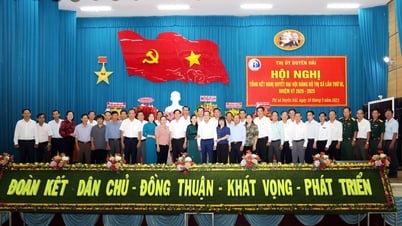



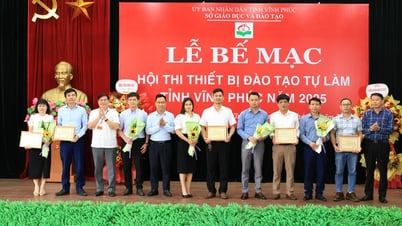










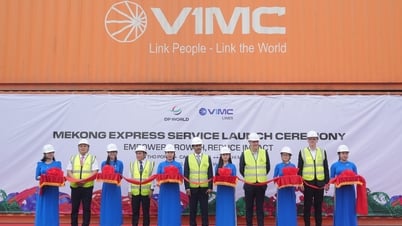

![[Photo] Prime Minister Pham Minh Chinh attends the event "Digital transformation of the banking industry by 2025"](https://vphoto.vietnam.vn/thumb/1200x675/vietnam/resource/IMAGE/2025/5/29/0e34cc7261d74e26b7f87cadff763eae)



































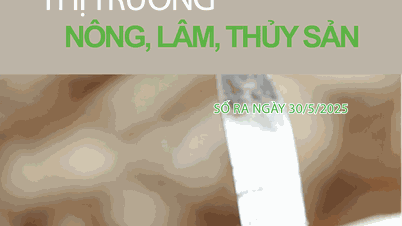




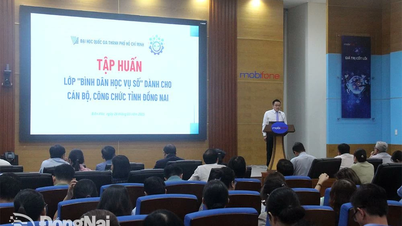

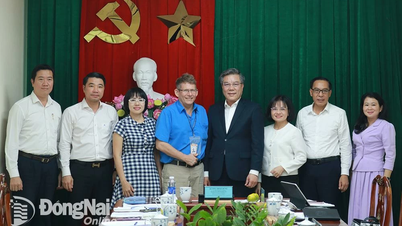
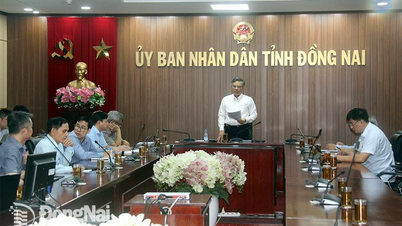

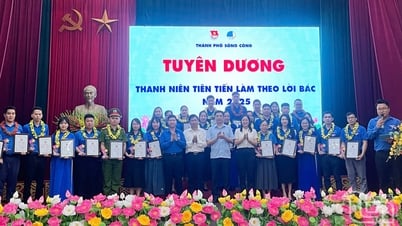















Comment (0)